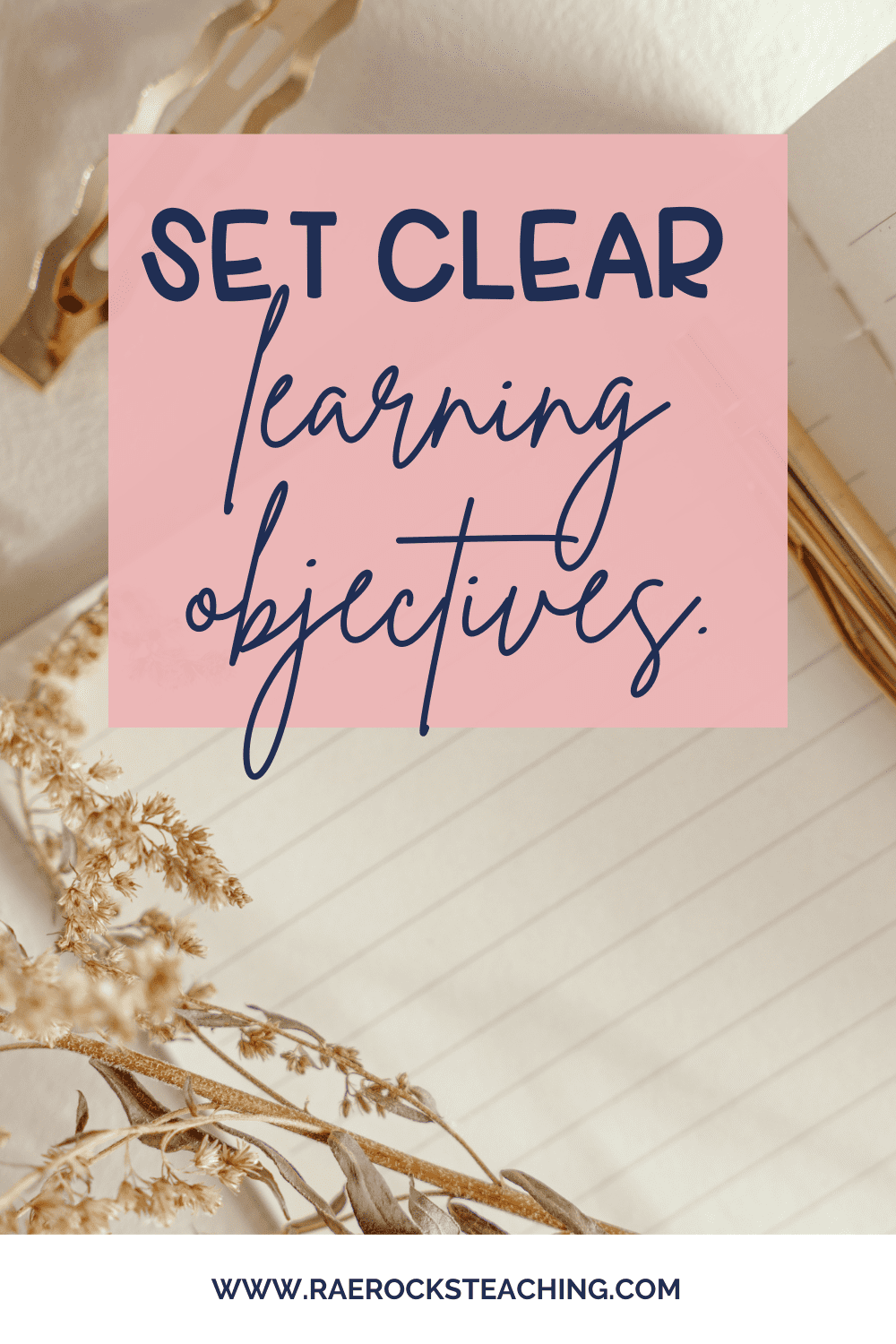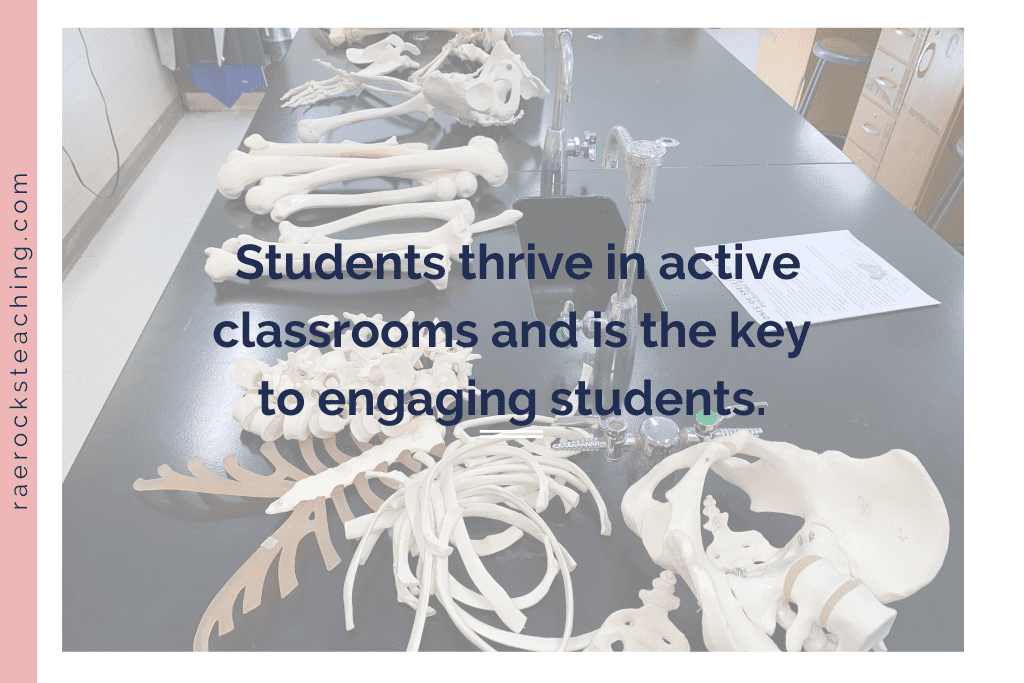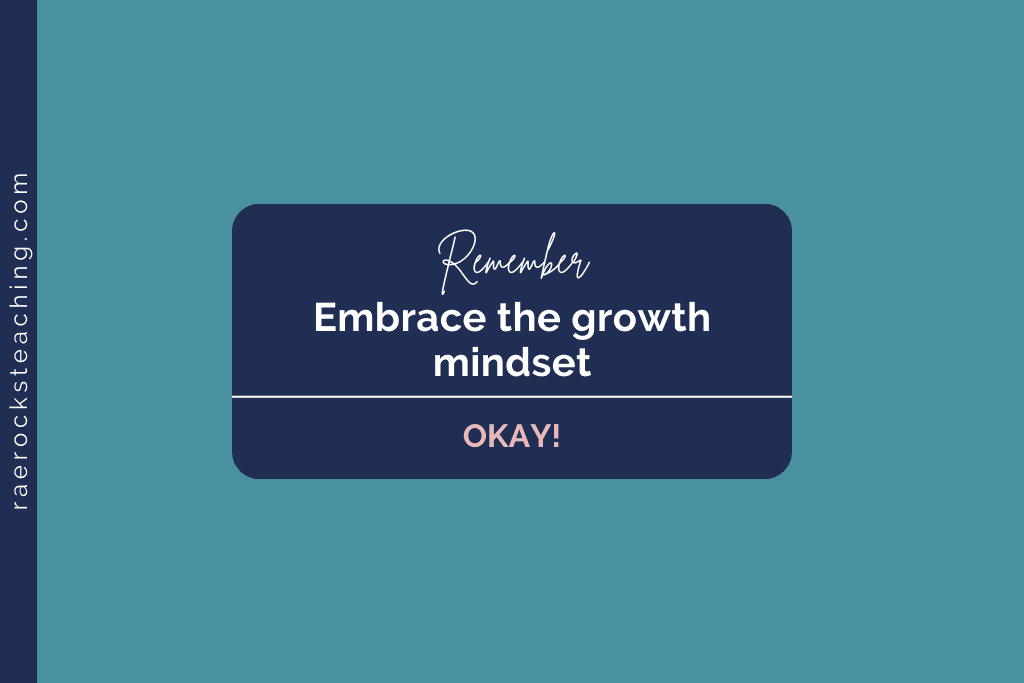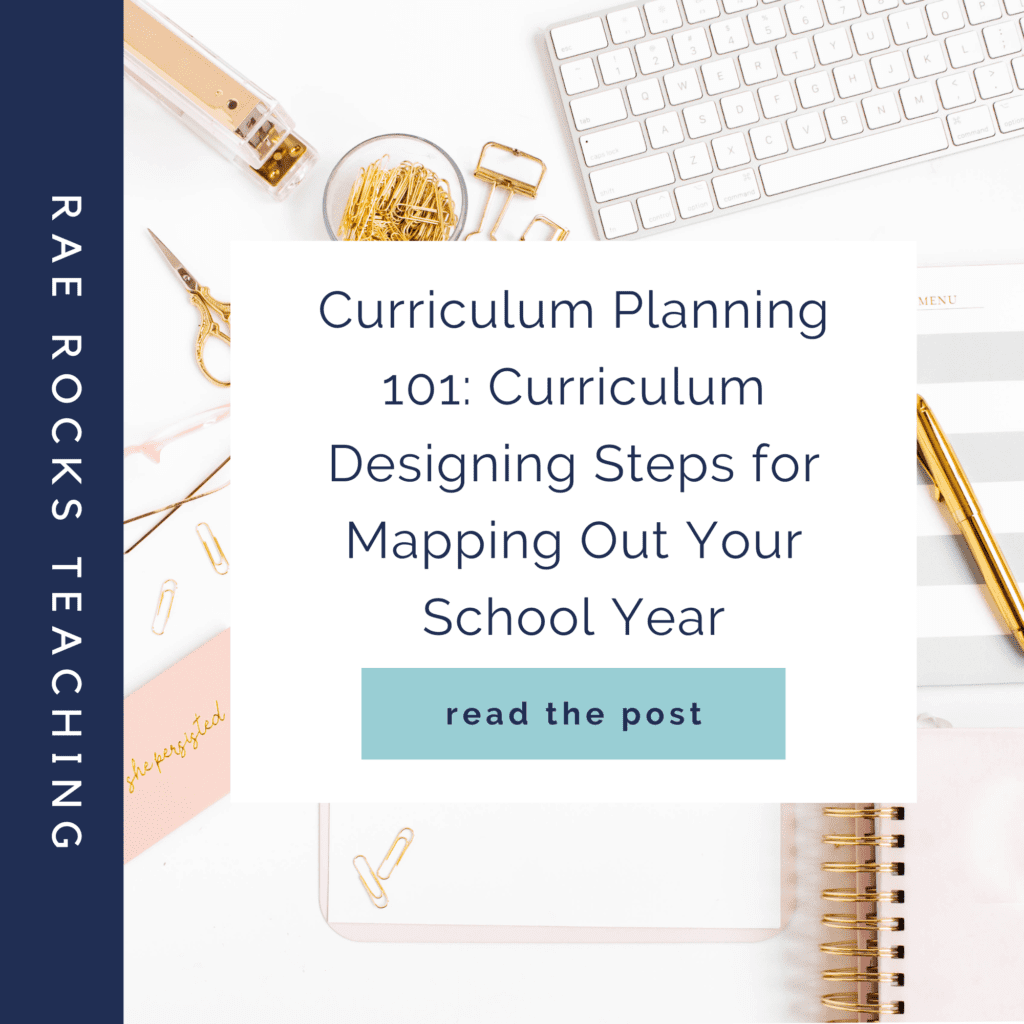Hey there, fellow teachers!
Before the hustle and bustle of classes begin, it’s crucial to have solid curriculum designing steps in place for smooth lesson planning. A well-thought-out curriculum sets the foundation for successful teaching and learning experiences. In this blog post, I’ll share 7 essential steps for mapping out your school year’s curriculum.
So, grab a cup of coffee, get cozy, and let’s dive into Curriculum Planning 101!
But first…Looking for different ways to engage your Biology students? Then grab your FREE COPY of the ULTIMATE ENGAGEMENT GUIDE!
7 Curriculum Designing Steps
Step 1: Set Clear Learning Objectives
The first of the curriculum designing steps is to set clear learning objectives. What do you want your students to know and be able to do by the end of the year? Take a moment to reflect on the curriculum standards and requirements, and identify the key skills and knowledge your students need to acquire. Break down these objectives into manageable units or modules to guide your planning process.Write them down for each unit so that you know exactly what students should know at the end of the unit.

-
Save
Step 2: Assess Students’ Prior Knowledge
To ensure effective instruction, it’s essential to gauge your students’ prior knowledge and skills. Conduct pre-assessments or diagnostic tests to identify any gaps in their understanding. This step will help you tailor your lessons to meet their individual needs and differentiate instruction accordingly. By understanding where your students are starting from, you can plan engaging activities that build upon their existing knowledge. I switch this up by doing a game or even just a post-it note for them to write what they already know about the topic. This should be super informal and non-intimidating.
Step 3: Design Engaging Lesson Plans
Now that you have a clear vision of your learning objectives and an understanding of your students’ prior knowledge, it’s time to design engaging lesson plans. Remember, a well-structured lesson includes an engaging hook, explicit instruction, guided practice, independent practice, and a wrap-up or formative assessment. Incorporate a variety of instructional strategies, such as cooperative learning, hands-on activities, technology integration, and real-world connections to make learning meaningful and enjoyable for your students. Here is where the magic is. All lessons should be driven with the goal of students understanding the standard or the learning objective. Students thrive in active classrooms and is the key to engaging students. Make sure to give them space to discuss, move around, and explore the material.

-
Save
Step 4: Integrate Cross-Curricular Connections
Learning doesn’t happen in a box, so look for opportunities to integrate cross-curricular connections. Identify themes or concepts that span multiple subjects and find creative ways to incorporate them into your curriculum. For example, if you’re teaching human anatomy, students could Integrate their knowledge of anatomy by artisticly drawing a representation of a specific body system or organ. students will be combining scientific accuracy with creative expression.
Step 5: Plan for Differentiation and Individualized Instruction
Every student is unique, with different learning styles, abilities, and needs. To cater to the diverse needs of your students, plan for differentiation and individualized instruction. Consider incorporating various instructional strategies, flexible grouping, and providing additional resources or supports for students who need them. By differentiating your instruction, you create a classroom environment that promotes inclusivity and creates success for all learners.

-
Save
Step 6: Incorporate Formative and Summative Assessments
Assessment is a crucial component of curriculum planning. Integrate both formative and summative assessments to monitor your students’ progress and adjust your instruction accordingly. Formative assessments, such as quizzes, exit tickets, or class discussions, provide ongoing feedback to guide your instructional decisions. Summative assessments, like unit tests or projects, evaluate students’ overall understanding of the content. Remember, assessments should align with your learning objectives and provide meaningful feedback to students.
Step 7: Reflect, Revise, and Improve
Curriculum planning is an iterative process. As the school year progresses, take time to reflect on your teaching and the effectiveness of your curriculum. Analyze assessment data, seek feedback from students and colleagues, and identify areas for improvement. Don’t be afraid to make adjustments to your curriculum, instructional strategies, or assessment practices based on what you learn. Embrace the growth mindset and continuously strive to refine your curriculum to meet the evolving needs of your students.

-
Save
By following these 7 essential curriculum designing steps, you’ll be well-prepared to map out a meaningful and engaging school year for your students. Remember, curriculum planning is a dynamic process that requires flexibility, creativity, and a genuine commitment to student success. So, go forth, plan with passion, and create a learning journey that will inspire and empower your students throughout the year.
Happy teaching!
I love sharing with y’all and would love to connect on IG or Facebook. Don’t forget to snag the 15 Activities for Biology to Increase Engagement FREEBIE!

-
Save
I love sharing helpful content with y’all and would love to connect on IG or Facebook. I’m on TikTok too! Follow me and send me a DM with what you need more of because I’m here to help! If you are looking for even more inspiration, find me on Pinterest!
Wanna read more?
3 Awesome Teaching Tools that Use AI Lesson Plans to Save Time
7 Easy to Implement Lesson Planning Tips for New Teachers
10 Things Your Lesson Plans for Biology Need
Share via:








